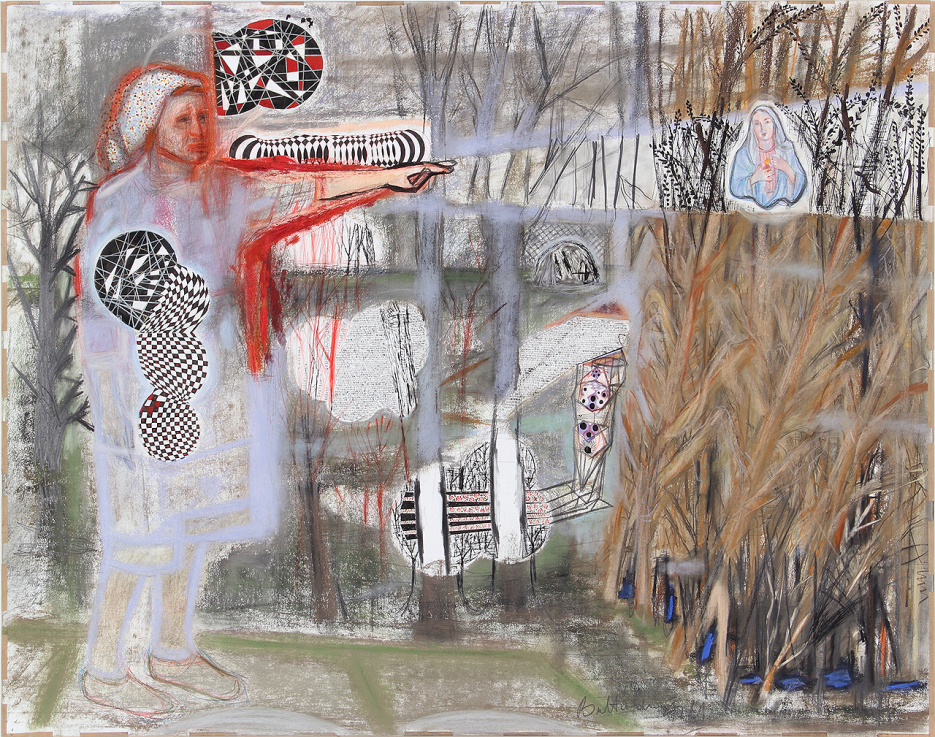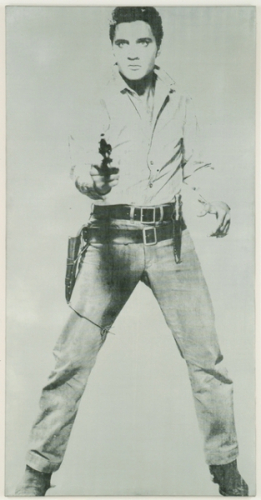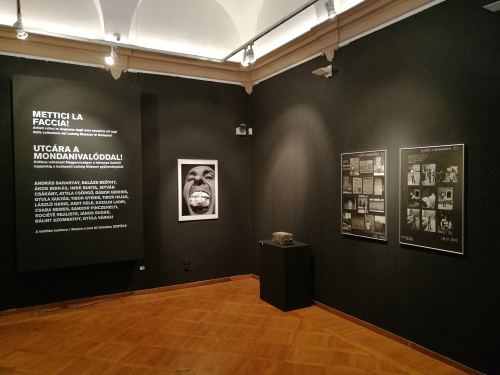Imre Bukta is one of the most unique artists in contemporary Hungarian art. His distinctive, so-called “agricultural art” depicts the special world of the post-socialist Hungarian countryside, its problems and characteristic figures. Bukta approaches this scene with great empathy, often treating it with irony, but always staying away from any sense of nostalgia or idealization. With a history of forcible post-war collectivization under the aegis of Eastern European modernization, followed by post-socialist re-privatization and splitting up of land into smaller units and the recent reallocation or appropriation of farmlands by today’s political elite, arable land in most of Hungary is associated with small villages with a dwindling and aging population and lives without prospects. Living in the eastern part of Northern Hungary, in the village of Mezőszemere, the artist depicts his immediate acquaintances: the old women who attend church and go to shopping centers, the laborers that have been left without work, the gypsies enduring hardship, the people of the local pub, in other words: the “other Hungary” that exists almost invisibly in the grey zone. Bukta employs a unique montage technique to create his paintings and graphics, which often feature the idea of hope in the form of the Virgin Mary and Christ – as an epiphany. The Neighbour is one such piece: the neighbor lady – dressed in a casual robe, her head wrapped in a typical headscarf – in a way elevates or projects into the landscape the image of the Virgin Mary (patron saint of Hungary) holding the Sacred Heart. The soft colors and forms of this pastel picture are interrupted with strongly defined, modernist, geometric shapes, which enrich the image with additional physical and metaphysical content. K.Sz.


